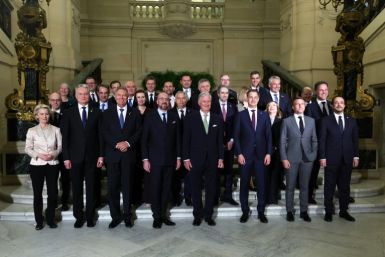Australian Dollar Outlook - Dec. 1, 2015

Bell FX Currency Outlook: The RBA Board meeting is the main event today. We also have Balance of Payments,
Building Approvals, and PMI data released in Australia, as well as the PMI data releases for November in China.
Australia: AUD sits back around the 0.7200 level this morning. The focus will be on the RBA at 2:30 AEDT & China PMI’s released between 12-12:45 AEDT. Markets have interpreted domestic data relatively well lately; therefore it will be up to the RBA statement to give impetus to any downside move. Given the shift of bias that we saw last month, there is not likely to be anything in the above data that pushes the RBA to vastly change their assessment of the economy. The only risk on this front is that they note the declining trend in the unemployment rate. More interesting this month will be the tone around the currency – The statement “the Australian dollar is adjusting to the significant decline in commodities” is looking more difficult to maintain given the lack of response to the recent 20% in iron ore. This is the first of the two major central bank decisions that the market has been eagerly awaiting. The ECB decision on Thursday with a 0.1% cut in the depo rate expected will be pivotal.
Majors: The IMF Board announced that the Chinese RMB will be in its Special Drawing Rights (SDR) currency basket from 1 October 2016, recognising that the RMB is “freely usable” for international payments and China’s importance in global exports. The weight for the RMB was set at 10.9%, compared with 42.97% for the USD and 30.93% for the EUR. The JPY will be 8.33% and GBP 8.09%. No immediate practical implications; for 2016, there may well be an expectation of RMB weakness next year
with EM weakness and AUD also then vulnerable.
Economic Calendar 01 DEC
- AU Building Approvals Oct
- CH Manufacturing and Non-manufacturing PMI Nov
- AU RBA Interest Rate Decision Dec
- US ISM Manufacturing PMI Nov
BellFx
[Kick off your trading day with our newsletter]
More from IBT Markets:
Follow us on Facebook
Follow us on Twitter
Subscribe to get this delivered to your inbox daily






